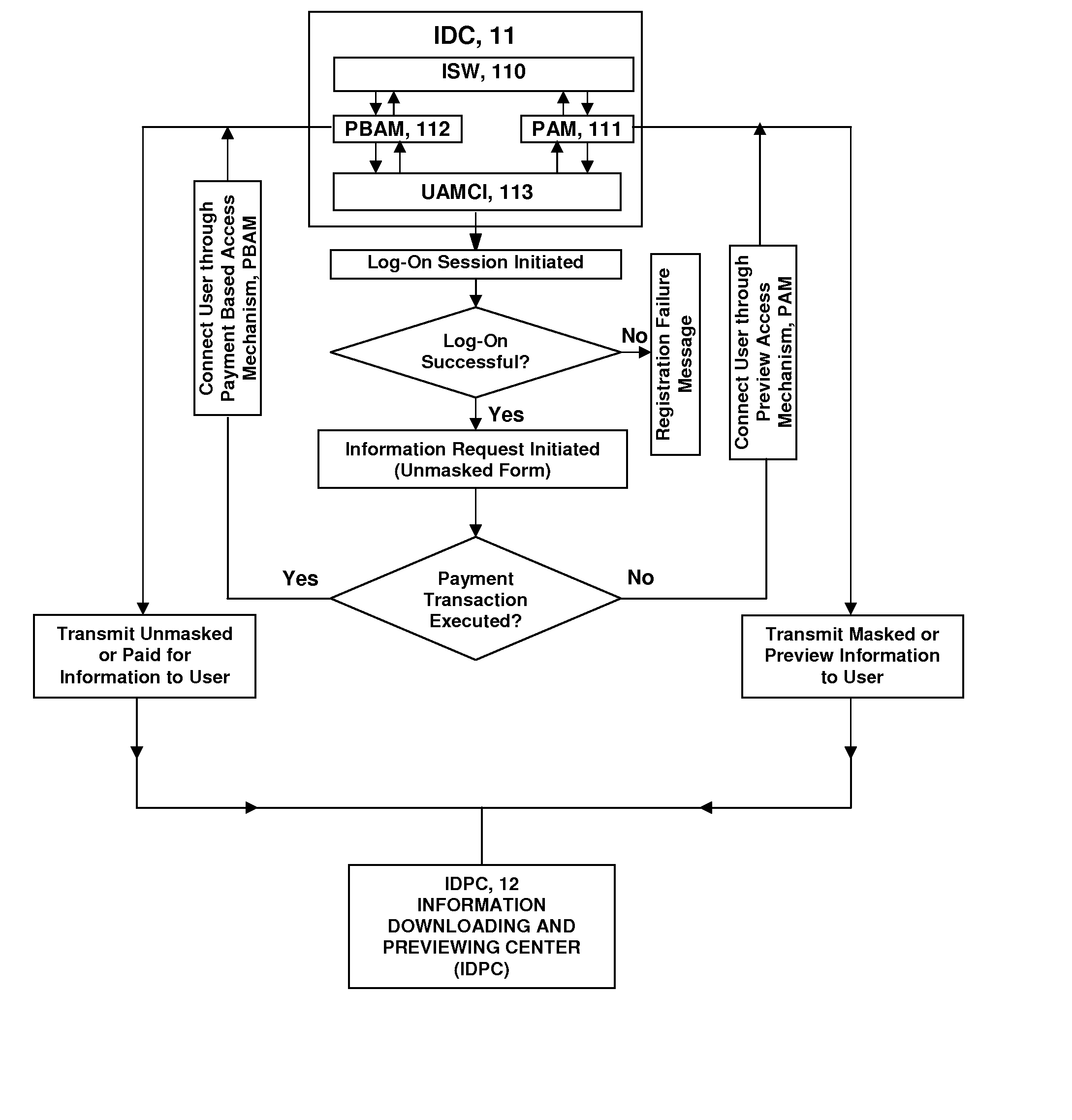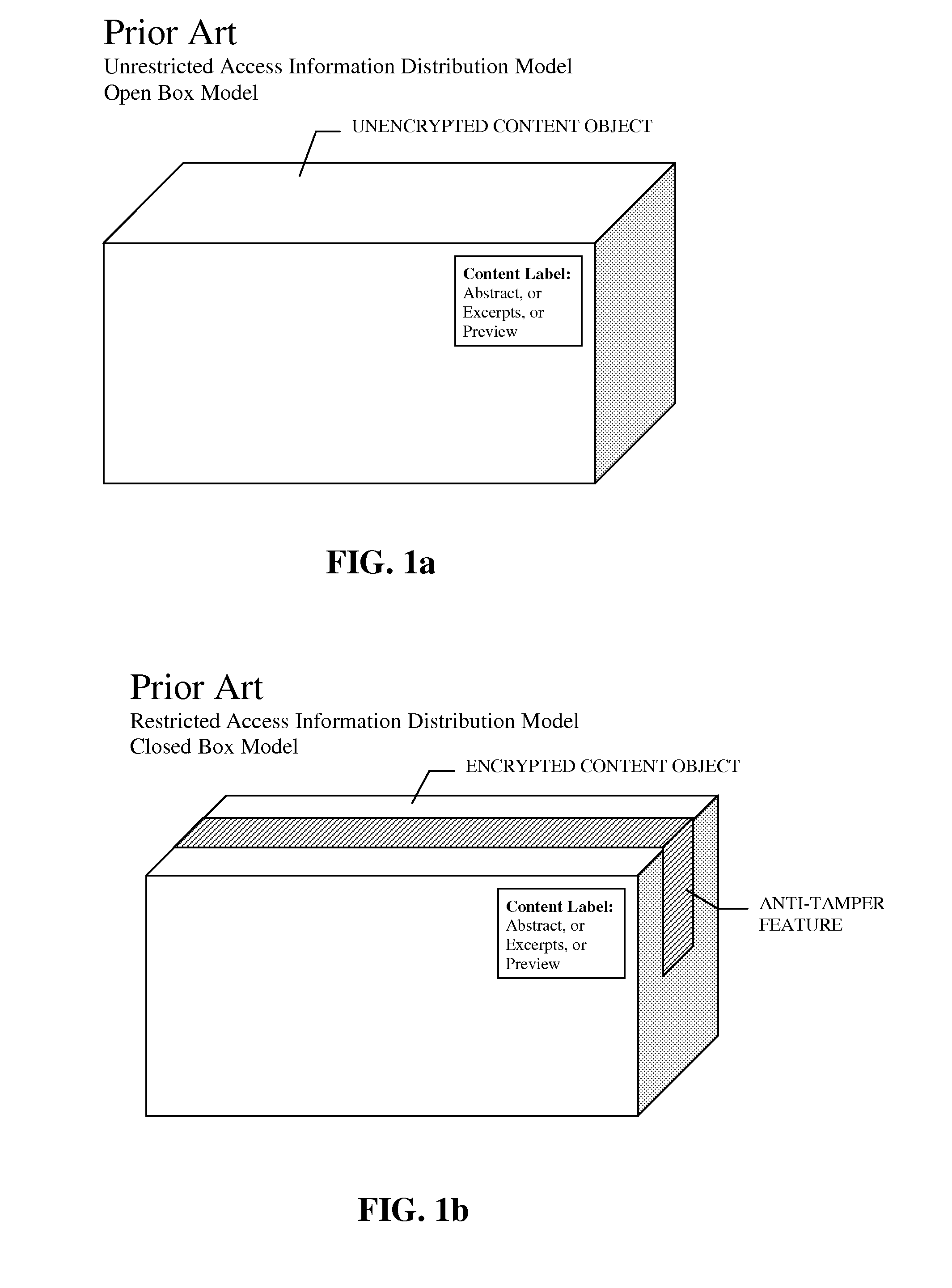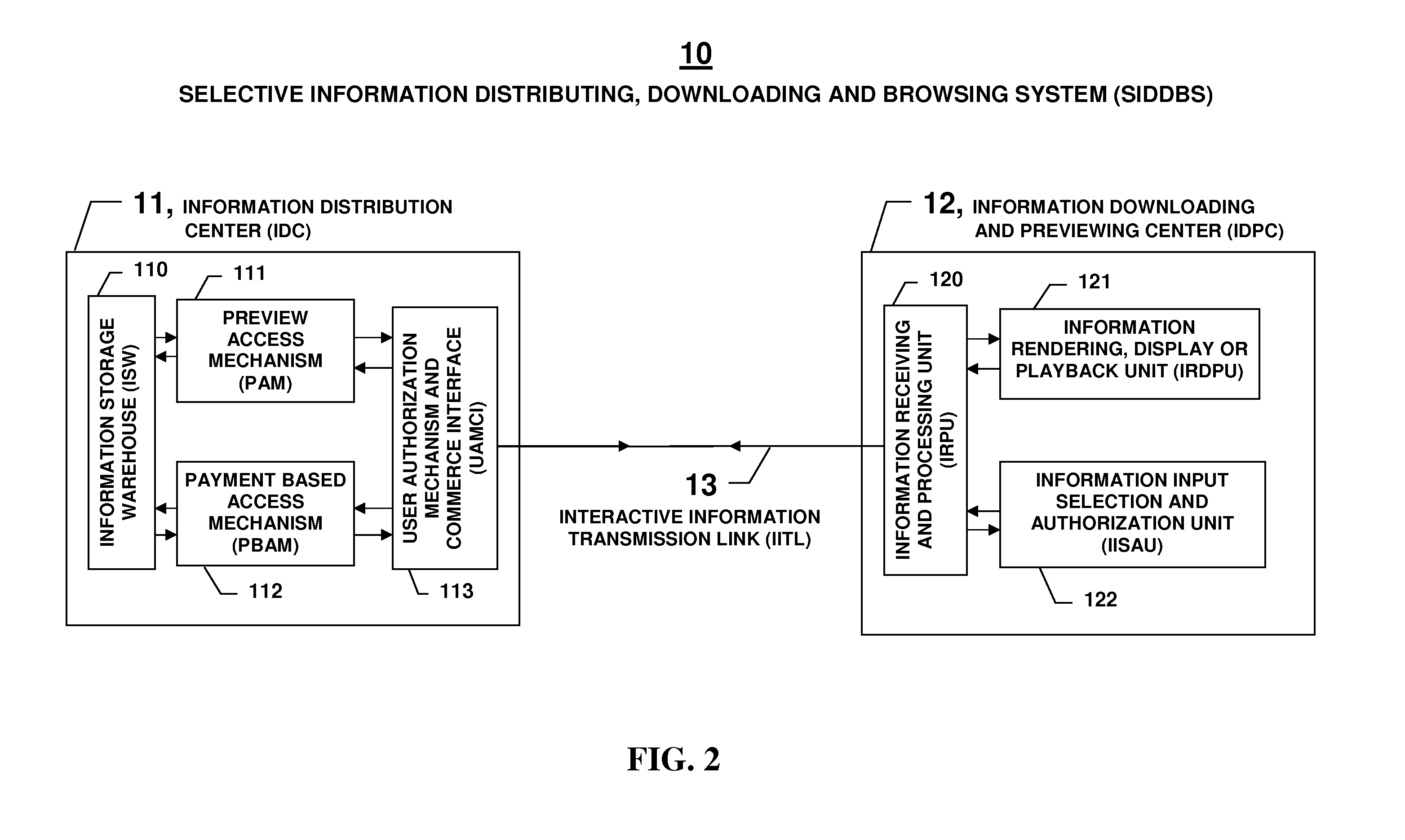Almost impossible to differentiate a digital copy from a digital original.
The fact that Intellectual Property (IP) can be embodied in forms which can be copied while owner retains the original, and, the increasing ease with which IP can be represented and stored electronically and distributed in mass quantities, are issues of great concern for content creators and distributors of intellectual property.
The inherent advantages and characteristics of electronic content that has been stored in a digital format also pose some formidable challenges in safeguarding the Intellectual Property (IP) rights and other interests of creators, authors and publishers of electronic content.
These concerns and challenges primarily arise as electronically stored data can be perfectly reproduced, duplicated and disseminated without payment of due consideration to the content providers, authors or publishers.
Also, as digital content can be replicated without a loss in quality from the original, it becomes difficult if not impossible to distinguish between a digital original and a digital copy.
Any unauthorized distribution of electronic content results in loss of revenue to the content provider or publisher and an unpaid royalty to the author or creator.
A wide spread practice of unauthorized copying and distributing of electronic content results in a substantial loss of revenue to the content providers as well as authors and creators.
A wide spread duplication and unauthorized dissemination of intellectual content through a widely used public medium, such as the Internet, in fact jeopardizes enforceability of the Intellectual Property (IP) ownership rights of the content creators, authors, artists, publishers, studios and content providers across a wide spectrum of industries.
The problems associated with distributing electronic content and deterring unauthorized and unaccounted distribution and usage of such content have been described in the prior art.
Digital IP, in a non-protected form, which can be readily passed along while the owner retains the original does not provide a commercial incentive for distributing the same.
. . in the commercial context, overly stringent protection is as bad as inadequate protection: In either extreme—no protection or complete protection (i.e., making content inaccessible)—revenues are zero.
Revenues climb with movement away from the extremes; the difficult empirical task is finding the right balance.”
If content is encrypted effectively, copying the files is nearly useless because there is no access to the content without the decryption key.
A limited trial period can be effective for software products; however, it does not provide a solid business model for delivering other digital content such as books, music and movies due to several reasons.
In the former case the content has little commercial value since it is freely distributed, and in the latter case the consumer has to take the leap of faith prior to making a purchase decision.
In other words, the techniques for protection against unauthorized use of digital content rely primarily on preventing access to the published work or allowing access to the published work only in an encrypted form and thereby not allowing the customer to preview, display or use the published work without paying for it.
Thus, content protection technologies provide mechanisms for Protection of digital data or Rights Management for content creators and distributors; however, they do not necessarily facilitate the purchase decision process for the consumer.
Due to readily available unrestricted access to the unencrypted content object the unencrypted content object has an insignificant commercial value.
However, this method of controlling access to electronic content, prior to a commitment of purchase by the consumer, affects the quality of information available to the user or consumer for making a purchase decision.
Thus, in the previous example, the electronic information received or previewed by the reader is of an inferior quality compared to that obtained by the reader during a physical trip to the local bookstore and actually examining the printed book, in its entirety, prior to its purchase.
Developing a system for providing a consumer with electronic content that—is substantially representative of the electronic publication or electronically published content, prior to its sale by the content provider or its purchase by the consumer; and that in addition, does not compromise the commercial value of the electronic content or publication (or render it worthless) offers several challenges: a) Any attempt at increasing the relevancy between the preview material or “pre-sale electronic content made available for purchase decision” and the “post-sale published electronic content”, such that the former is substantially and truly representative of the latter, almost immediately compromises the value of the published electronic content or removes the necessity and the incentive or motivation for its purchase.
c) Other fundamental difficulties in dealing with electronic content are realized in the seemingly endless variety of formats and file structures for representing a given type of electronic content.
The electronic content providers include media and software companies such as AOL Time Warner, Microsoft, Yahoo etc, local and long distance telephone companies such as AT&T, Verizon, Cable companies, Cellular telephone companies, E-mail services, etc. which by their very nature of their enterprises are competitively positioned and adopting a universal standard of content delivery is difficult if not impossible.
This prior art teaching is particularly directed at image overlays in presentations and picture-to-picture transitions and does not teach a method of physically masking digital content for the purpose of distributing digital content.
 Login to View More
Login to View More  Login to View More
Login to View More 


